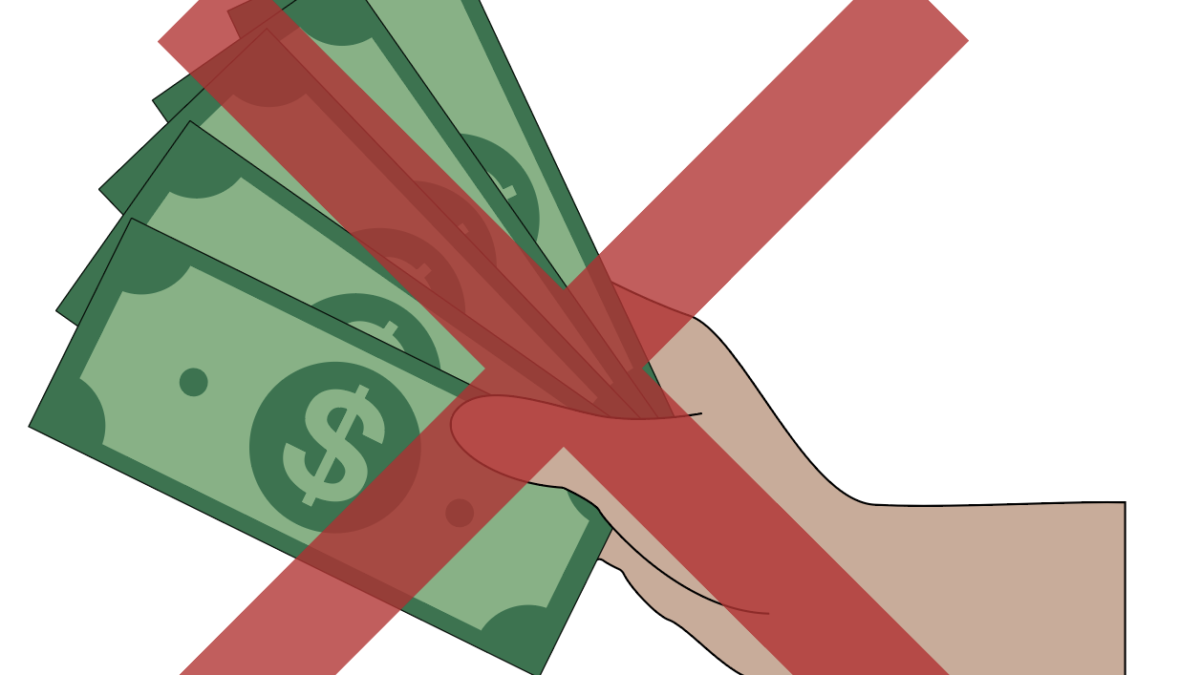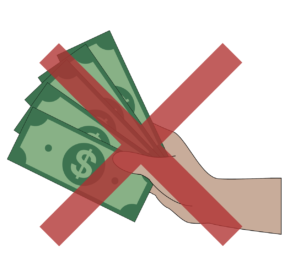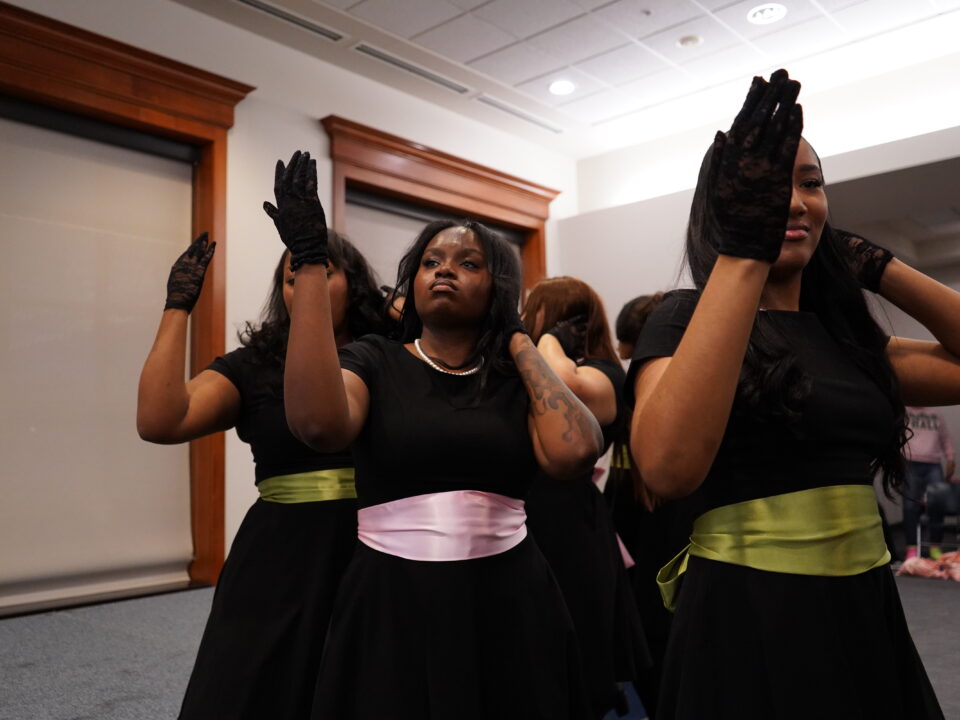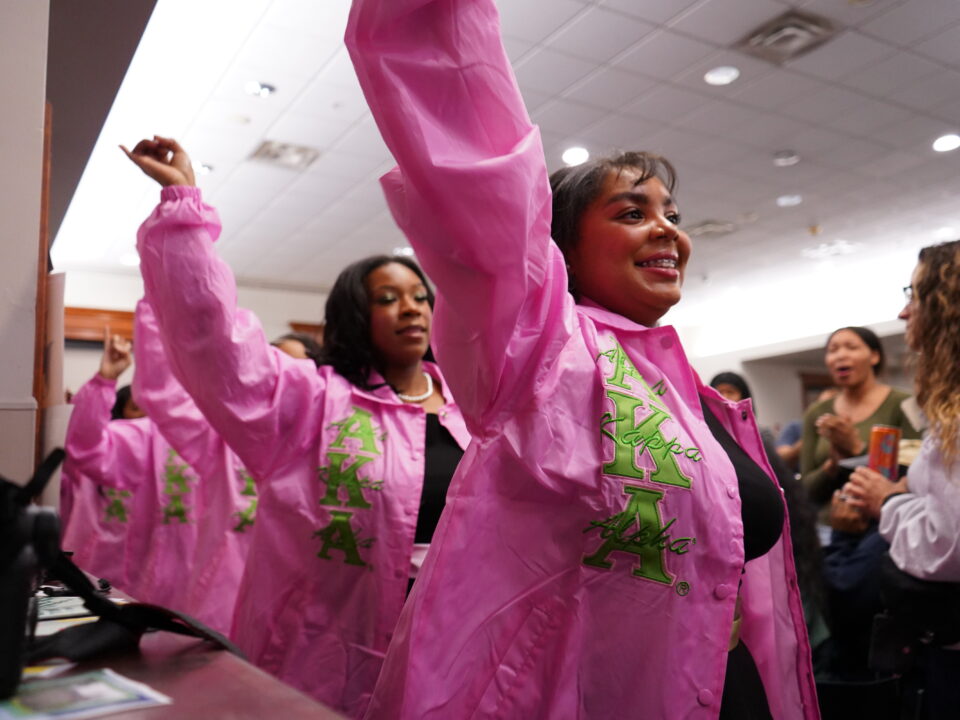Student disquiet on the horizon: silencing student loan relief troubles EU campus

President Joe Biden’s student loan forgiveness plan was struck down by a federal judge in Texas on Nov. 10, causing the Department of Education to stop accepting applications for relief.
The Department of Justice appealed this decision to the 5th U.S Circuit Court of Appeals, but borrowers will have to wait to see how this case will play out.
“For the 26 million borrowers who have already given the Department of Education the necessary information to be considered for debt relief – 16 million of whom have already been approved for relief – the Department will hold onto their information so it can quickly process their relief once we prevail in court,” White House Press Secretary Karine Jean-Pierre said in a statement Nov. 10.

Graphic by- Abbey Mark
Biden’s plan was to provide $10,000 in debt relief to everyone and $20,000 to those who received a Pell Grant and have an income of $125,000 or lower.
“Our student loan plan lowers costs for Americans as they recover from the pandemic to give everybody a little more breathing room,” Biden said in a speech on Oct. 21.
According to Nathan Hancock, director of student financial services, statistics from Elmhurst University’s undergraduate 2021 graduating class showed that 71.86% of them borrowed loans and $22,671 is their average federal loan total (indebtedness), though students with private loans typically have higher debt.
Political science professor Constance Mixon believes that Biden’s attempt to forgive student loans is a step in the right direction. She stated forgiving student loans would go a long way toward helping both students and the economy.
Having mentioned that people defer buying houses, having kids, and more due to crippling student loan debt, she emphasized that public policy solutions to this problem are in order.
“If we have a whole generation that’s deferred that part of their adulthood because of crippling student loan debt, that’s terrible for our economy,” Mixon said.
Student Ellison Michaels said that while she can understand the decision to strike down the plan from an economic perspective, she also thinks that providing loan forgiveness will help the economy in the long term rather than harm it.
“I think without the loan forgiveness, it’s gonna continue the cycle of poverty,” Michaels said. “Because if you don’t have a good education, you may not have as good of a job and then generations are going to get affected, so I can see how it can affect the economy.”
Hancock shared some advice for students who are seeking student loan relief.
First, he said students should look at their current financial situation and know where they stand regarding how much they borrowed, what type of loans they borrowed, and whether their parents borrowed loans. He noted that resources like studentaid.gov or the National Student Loan Data System can help students figure this out.
Second, he urges students to apply for relief as soon as they can and plan ahead to see how much they will need to borrow, not counting on loan forgiveness. Lastly, Hancock wants students to be prepared for repayment.
Having noted that the political climate is volatile and debt relief plans can be subject to change as a result of that, he advised students to make informed decisions.
“There’s no guarantee that things you’re borrowing next semester, for example, loans you’re borrowing, are going to be forgiven,” Hancock said. “For all we know, with a different administration, there could be sweeping changes.”
Hancock continued, “My advice typically for anybody regardless of forgiveness is to just make sure you know what you’re doing. Talk to a professional — our office is always available to talk about loans. Borrow what you need — don’t overborrow. This is an expensive school, and I know students have to take loans in many cases, but just evaluate ‘what exactly do I need to pay my bills?”



